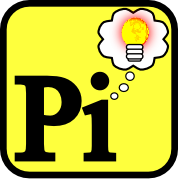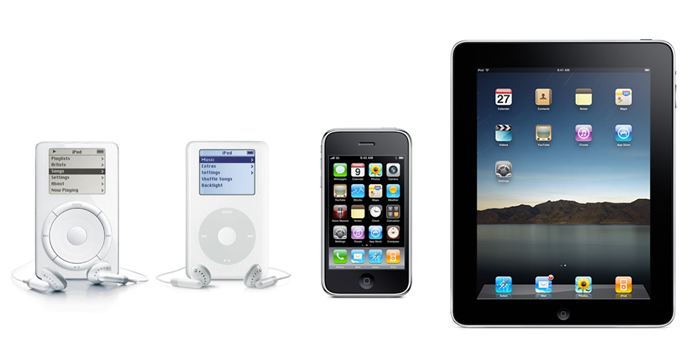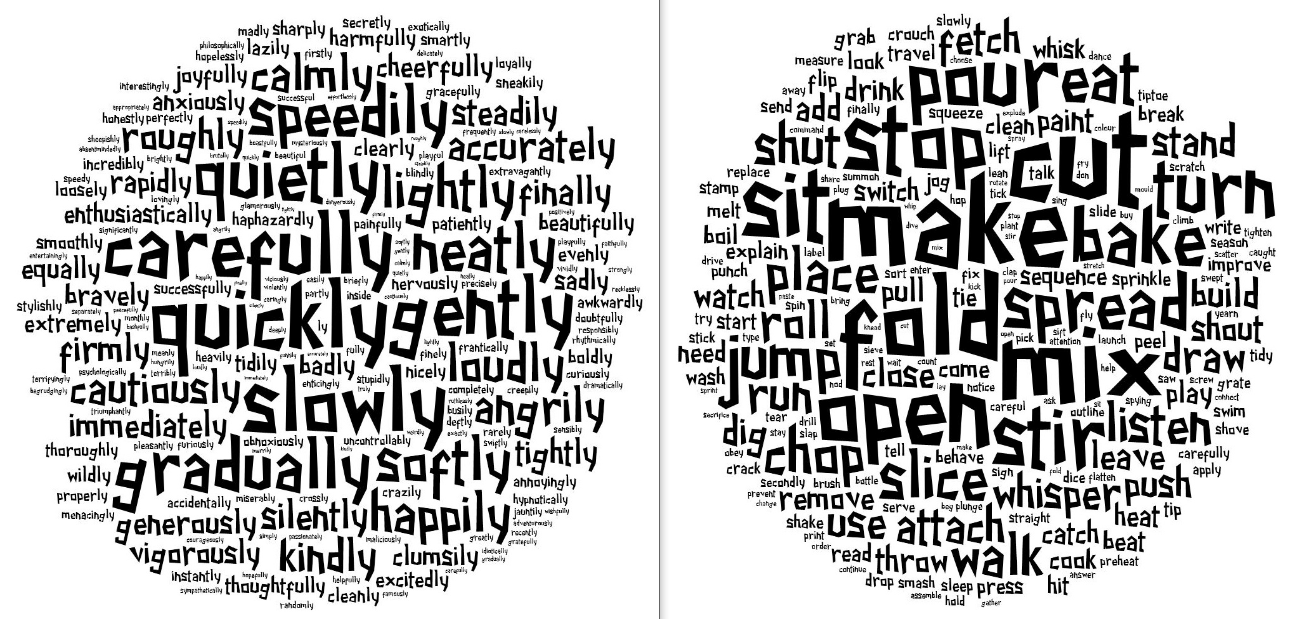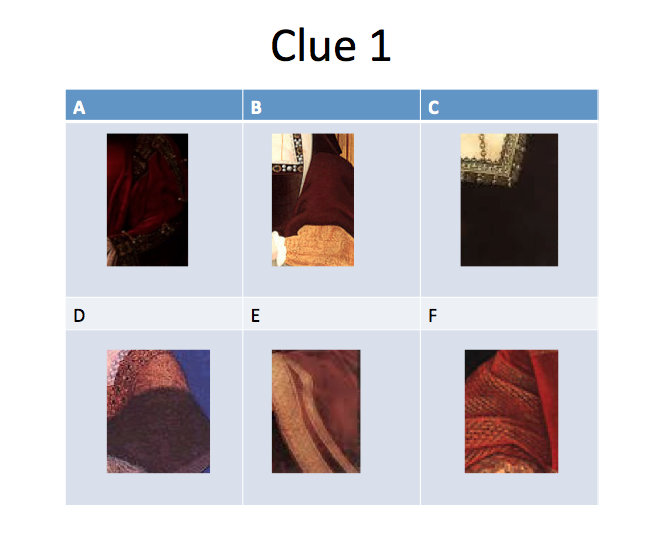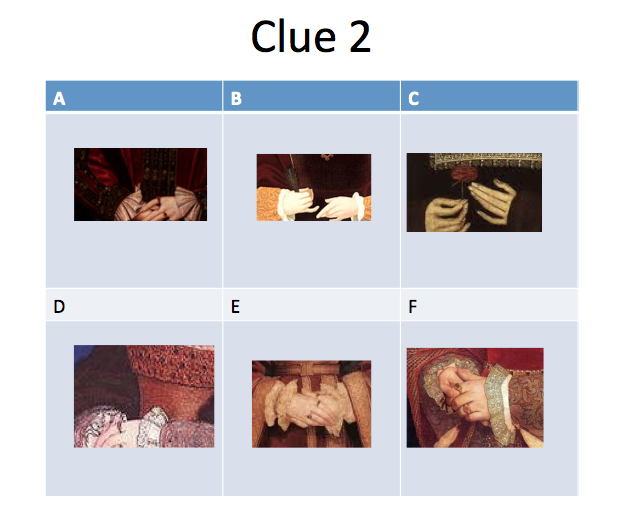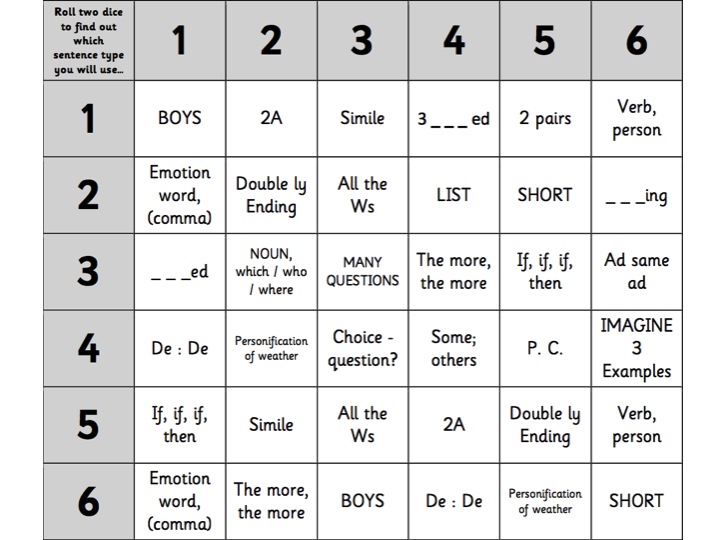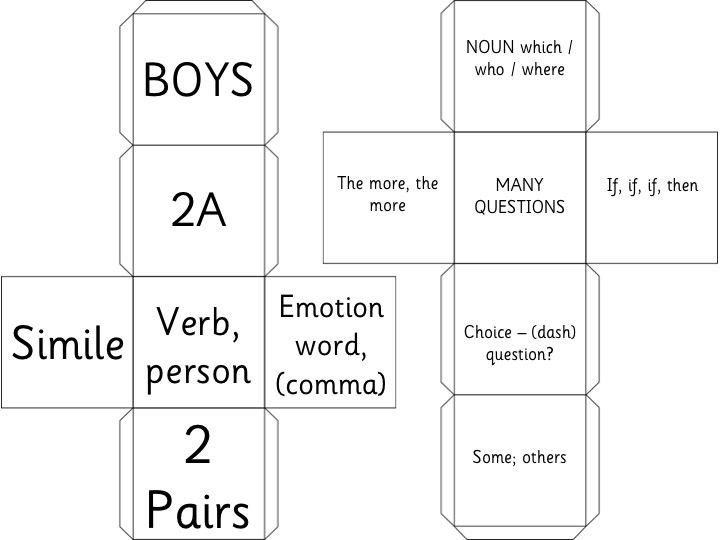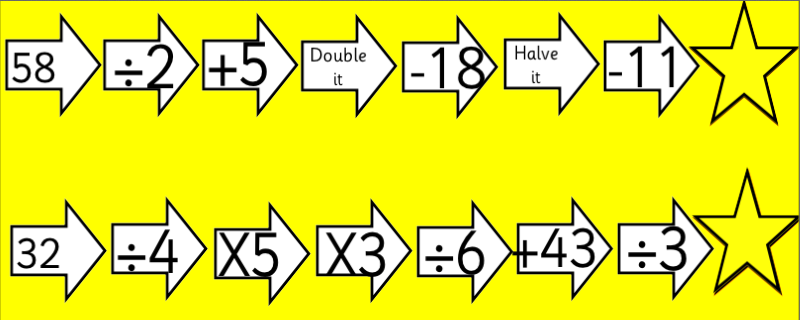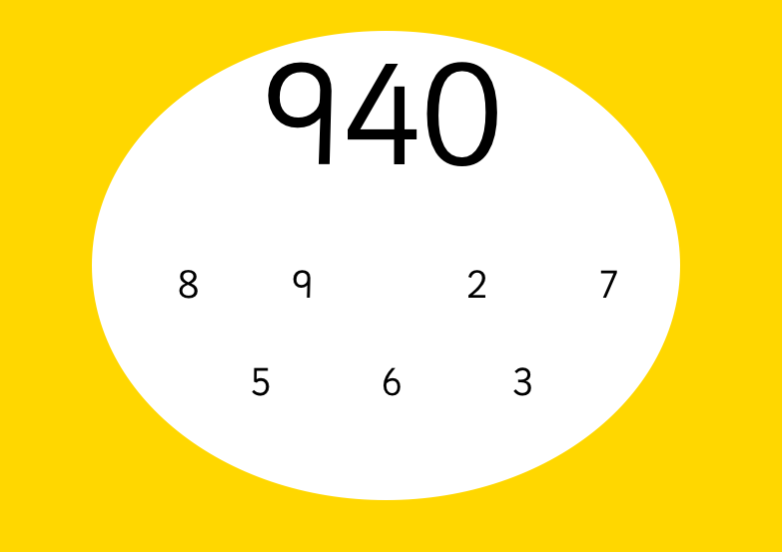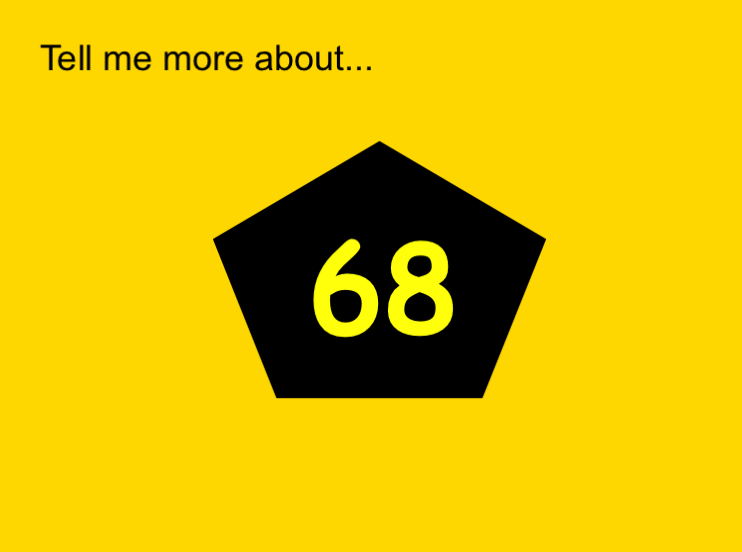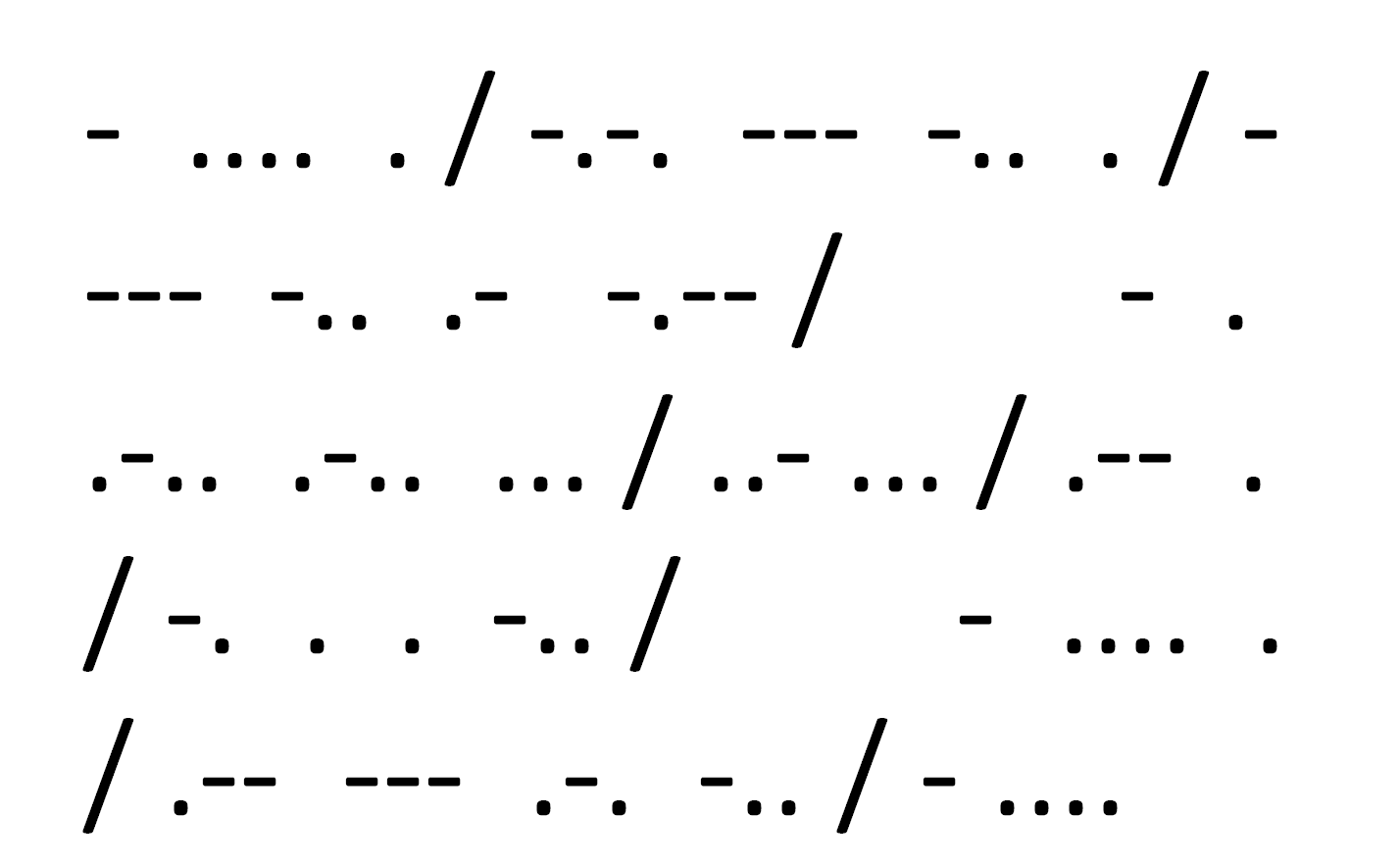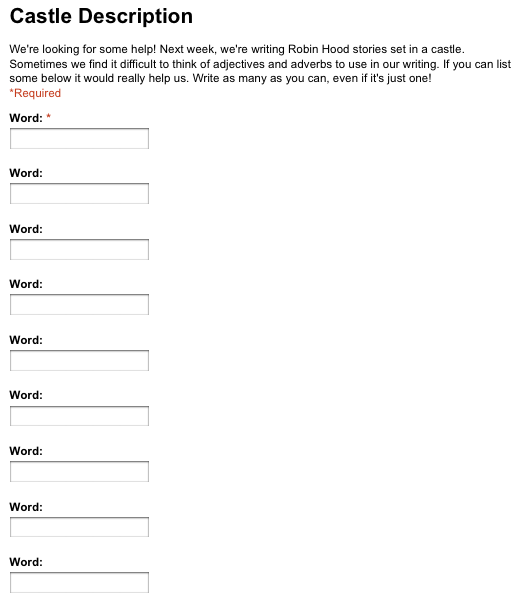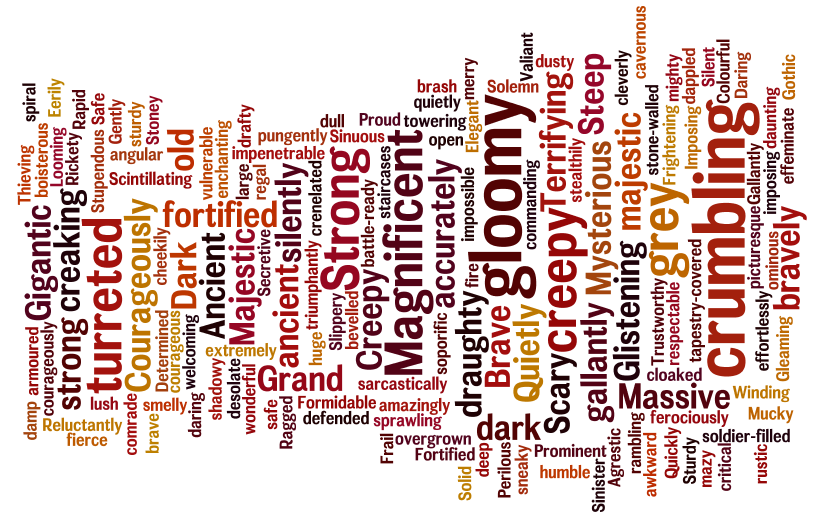Before I began teaching, I worked on a number of holiday playschemes. While on those playschemes, we often invented and adapted games to suite children, resources and of course the weather.
On one rainy summer's day, we invented (or believe we invented) 'Crash Mat Rounders'. Outside it was pouring down, the children wanted to play rounders and we had a sports hall at our disposal. We placed four crash mats out as bases, had a spot for the bowler and a place to bat from. We decided on some rules too. You were only out if caught, or if you were touching the sports hall floor while the ball was in the bowler's hand. There could be as many children on a base as they wanted, batters could overtake while running and the teams swapped over when the batting team had no one available to bat.
The enjoyment of less rules, jumping on crash mats and quicker turn around of innings made the game a huge success and it being played (indoors) on even the sunniest days of that summer!
So, when I began teaching, I was looking for ways to cover 'rounders skills' but in a more enjoyable way, with more children involved more of the time. I adapted 'Crash Mat Rounders' to form 'Base Rounders'. I have played it with every class I have taught, with each preferring it over various games of cricket and the traditional version of rounders.
I set up the pitch as shown below:
Each base is made up of four cones. With a cone for where the bowler needs to stand and a cone for the batter.
As I said earlier, the rules are simple:
Batter, hit the ball (or not) and run to a base. If you're running when the bowler gets the ball back you're out.
Fielder, catch the ball, or stop it and throw it back to the bowler.
Swap over when there's no on to bat. I usually get 4 - 5 innings per team in a lesson!
Hopefully that makes sense. Give it a go. I always explain it's not the 'real' rounders rules and do have games of rounders using those traditional rules too.
If anyone else has played similar or the same as this, I have not stolen your idea as my own - I have independently generated these rules.


